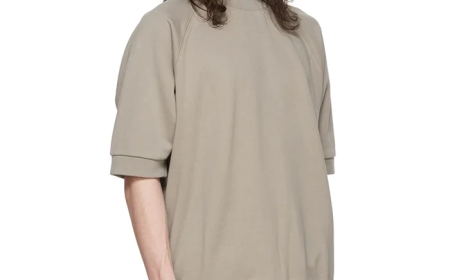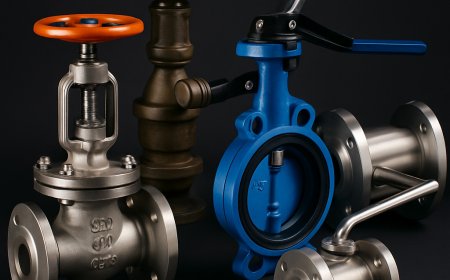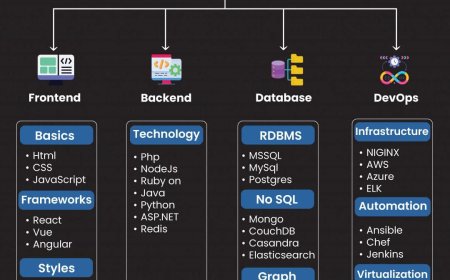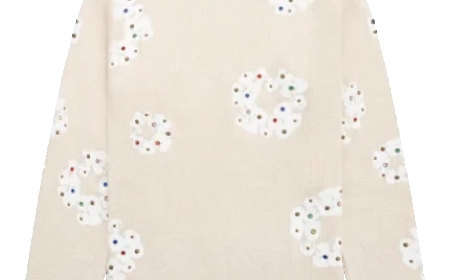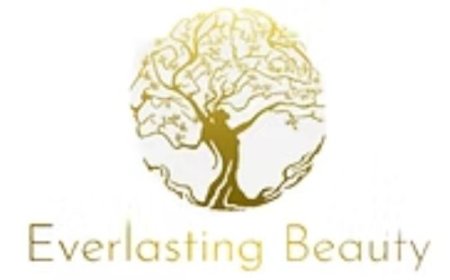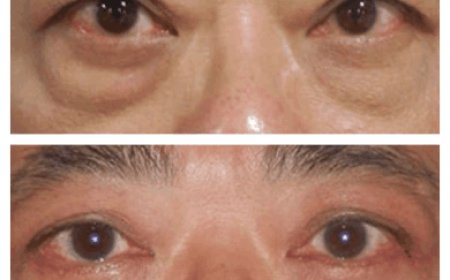Retinal Vein Occlusion Market Size, Trends, and Growth Analysis 2025-2032
This robust Retinal Vein Occlusion Market growth is driven by technological advancements in drug delivery systems and rising prevalence of retinal vascular disorders

The retinal vein occlusion industry has witnessed substantial advancements propelled by novel therapies and increasing patient awareness. Innovations in treatment modalities have significantly boosted business growth, positioning the sector as a critical focus area within ophthalmic care. The evolving market dynamics continue to create promising market opportunities while addressing underlying market challenges.
Market Size and Overview
The global Retinal Vein Occlusion market size is estimated to be valued at USD 2.40 billion in 2025 and is expected to reach USD 3.58 billion by 2032, exhibiting a compound annual growth rate (CAGR) of 5.9% from 2025 to 2032.
This robust Retinal Vein Occlusion Market growth is driven by technological advancements in drug delivery systems and rising prevalence of retinal vascular disorders. The market report highlights evolving market trends that indicate amplified adoption of biologics and sustained-release implants, which significantly impact market revenue projections.
Market Segments
The retinal vein occlusion market report identifies three core segments: treatment modality, distribution channel, and geography. Under treatment modality, pharmaceutical injections dominate, especially anti-VEGF drugs, led by growing clinical evidence from 2024 studies showing improved patient outcomes. Meanwhile, the sustained-release implant sub-segment is the fastest growing due to rising demand for long-acting treatment options in 2025. Distribution channels include hospital pharmacies, retail pharmacies, and online sales, with hospital pharmacies remaining dominant, whereas online sales experience rapid growth fueled by digital health trends.
Market Drivers
One of the key market drivers shaping retinal vein occlusion market growth is the approval and commercialization of innovative biologic treatments. For instance, in 2024, Regeneron Pharmaceuticals expanded its product portfolio with newer anti-VEGF options, leading to a substantial uptick in treatment accessibility. Government healthcare policies promoting early diagnosis and reimbursement reforms worldwide are also accelerating market revenue and business growth. This market dynamic drives increased patient uptake and positively impacts the market forecast through sustained demand.
Segment Analysis
Focusing on the treatment modality segment, anti-VEGF injections are the dominant sub-segment owing to extensive clinical validation and widespread adoption globally. In 2024, sales data revealed anti-VEGF revenues accounted for over 70% of total retinal vein occlusion market revenue. The fastest-growing sub-segment within treatment modality is the corticosteroid implant category, which is gaining traction for its reduced dosing frequency benefit, supported by successful outcomes reported in 2025 clinical trials.
Consumer Behaviour Insights
Recent market insights indicate three major behavioural shifts among retinal vein occlusion patients and healthcare providers. First, there is a growing preference for minimally invasive treatments with better safety profiles, boosting anti-VEGF adoption rates. Second, patient inclination towards personalized therapy regimens driven by improved diagnostic imaging technology is rising, as validated by 2025 usage surveys. Third, sustainability-oriented purchasing decisions have emerged, with healthcare providers increasingly choosing products aligning with eco-friendly packaging and lower carbon footprints, reflecting a trend towards greener healthcare.
Key Players
Leading market players in the retinal vein occlusion market include Roche, Regeneron Pharmaceuticals, AbbVie, Novartis, and Kodiak Sciences Inc., among others.
In 2024-2025, these companies undertook aggressive strategies such as novel product launchesRegeneron launched an advanced anti-VEGF formulationand capacity expansions, exemplified by Novartis increasing manufacturing to meet rising global demand. Strategic regional entries into emerging markets further enhanced their market revenue streams and solidified their market position.
Key Winning Strategies Adopted by Key Players
Several impactful growth strategies stand out among market players in 2024. Regeneron Pharmaceuticals successfully implemented a patient outreach program integrated with tele-ophthalmology services, increasing treatment adherence by 15%, which translated into notable business growth. AbbVie invested heavily in R&D collaborations with biotech startups to accelerate novel platform development, resulting in two pipeline candidates advancing to phase III trials within a year. Lastly, Novartis adopted an innovative market access approach by partnering with government health authorities to optimize reimbursement frameworks, significantly improving affordability and product uptake in key regions.
FAQs
Q1: Who are the dominant players in the retinal vein occlusion market?
The dominant players include Roche, Regeneron Pharmaceuticals, AbbVie, Novartis, and Kodiak Sciences Inc., who lead through innovative treatments and strategic expansions.
Q2: What will be the size of the retinal vein occlusion market in the coming years?
The retinal vein occlusion market size is projected to grow from USD 2.40 billion in 2025 to USD 3.58 billion by 2032, at a CAGR of 5.9%.
Q3: Which treatment modality offers the largest growth opportunity?
Anti-VEGF injections remain the dominant modality, while corticosteroid implants represent the fastest-growing sub-segment due to reduced dosing frequency.
Q4: How will market development trends evolve over the next five years?
Market trends will revolve around biologic innovation, digital health-enabled patient management, and sustainability-driven product adoption.
Q5: What is the nature of the competitive landscape and challenges in the retinal vein occlusion market?
The competitive landscape is shaped by rapid innovation cycles and regulatory hurdles; however, partnerships and enhanced market access strategies mitigate challenges effectively.
Q6: What go-to-market strategies are commonly adopted in the retinal vein occlusion market?
Key strategies include patient outreach programs, R&D partnerships, capacity scaling, and commercial collaborations to enhance market penetration and treatment accessibility.
Get more insights on :Retinal Vein Occlusion Market
Get this Report in Japanese Language :?????????
Get this Report in Korean Language :????????
Read More Related Articles: Viral Vaccine Cell Culture Media Set For Rapid Growth with Increasing Demand for Vaccines
Author Bio:
Money Singh is a seasoned content writer with over four years of experience in the market research sector. Her expertise spans various industries, including food and beverages, biotechnology, chemical and materials, defense and aerospace, consumer goods, etc. (https://www.linkedin.com/in/money-singh-590844163)



